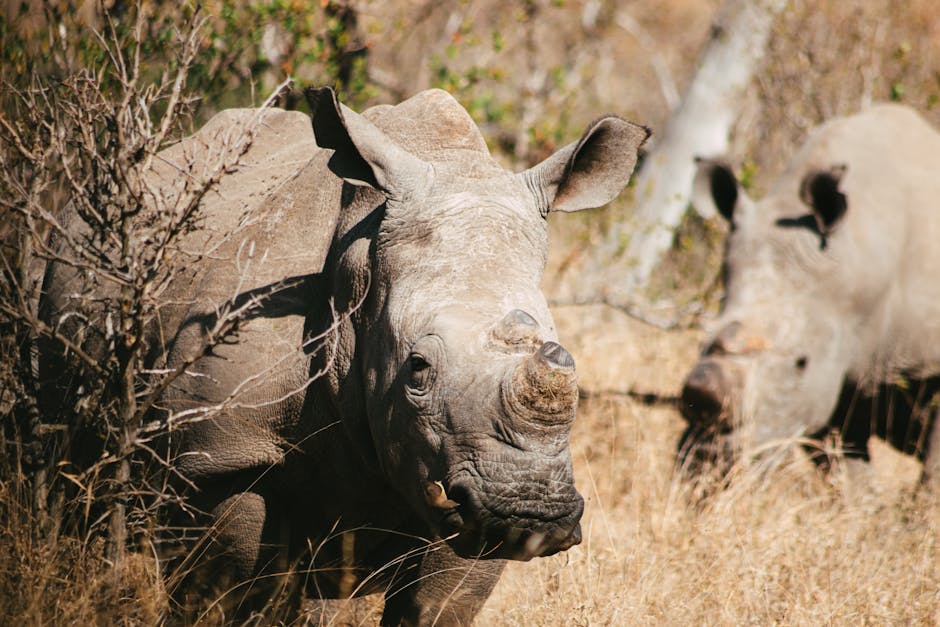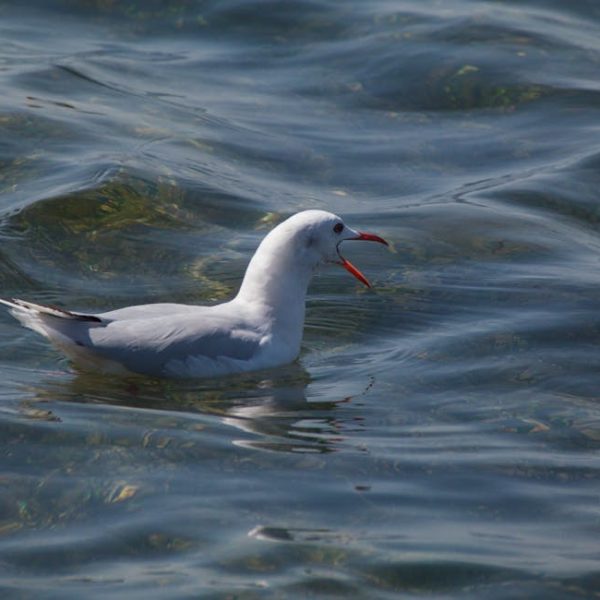The savanna is home to an incredible array of bird species, diverse in size, color, and habits. This part of the world places unique demands on its inhabitants, prompting distinct adaptations that allow different types of birds to thrive amidst the grasslands and scattered trees.
From the tall, snake-hunting Secretary Bird to the impressively colorful Lilac-Breasted Roller or the expert fisherman, the African Fish Eagle, each savanna bird species has honed certain physical and behavioral characteristics to not merely survive, but to flourish in this challenging environment.
Characteristic Birds and Their Unique Adaptations
The peculiar looks and behaviors of savanna birds often hold the key to their survival. Stepping away from the conventional perception of flying and perching as the only two activities that birds engage in, let’s take the Secretary Bird – a creature equipped with long legs, certifying it as an ideal snake hunter on ground. Alternatively, we have the vibrant Lilac-Breasted Roller, parading a set of lovely colorful feathers, undoubtedly one of nature’s most artistic paintings.
Then there’s the African Fish Eagle, boasting unmatched fishing prowess among avians. Contrasting traits such as these, from feeding habits to survival mechanisms, emphasize the dynamic adaptative nature of these birds to their environment.
Importance of Savanna Birds in Ecosystem Balance
Birds in the savanna play an integral role in maintaining ecological balance. Among their numerous beneficial implications, they help control insect population and enable seed dispersal. Consider the Guinea Fowl, a small bird that does a great job of keeping pests in check. Hornbills, on the other hand, with their large bills, are efficient seed dispersers, contributing to vegetation growth.
Distinctive nests or calls can be indicative signs of these bird’s presence. For instance, different bird songs often carry messages about territory boundaries or mating availability. Learning to identify these signs can enrich your birdwatching experience and deepen your understanding of the savanna habitat.
Diversity of Savanna Bird Species
The savanna, with its vast geographical span around the globe, hosts diverse bird species. Particularly notable regions demonstrating this biodiversity are the African, Australian, and South American savannas. For birdwatchers or nature enthusiasts, here are a few guidelines: always maintain a respectful distance from birds and their nests, avoid disruptive behavior that could frighten them, and leave no trace behind to preserve their homes intact.
We will dwell more on the prominent bird species found in these regions, current threats posed to them, and existing conservation efforts in our subsequent article sections. Be sure to stay aligned on our fascinating journey across the avian life of savannas!
Threats to Savanna Bird Species
While the savanna presents an ideal habitat for a diverse group of birds, it also presents numerous challenges that jeopardize their survival. Chief among these concerns are habitat loss, climate change, and human activities.
Take the Woodland Kingfisher, an emblematic Savanna bird, for example. It’s been severely affected by deforestation, causing it to migrate frequently to seek more favorable conditions. Similarly, the African Grey Hornbill is facing the repercussion of changes in rainfall patterns caused by global warming. Their breeding cycle is tightly linked to rainfall, and irregular patterns can lead to unsuccessful breeding attempts.
To turn the tide in favor of these awe-inspiring birds, each one of us can contribute in our ways. This could be by supporting eco-friendly product lines, practicing responsible tourism, or getting involved in citizen science programs that monitor bird populations.
Conservation Efforts for Savanna Birds
Several organizations are tirelessly working to ensure the survival of savanna bird species. The African Bird Club, for example, sponsors numerous research projects while also providing financial support for conservation initiatives. BirdLife International runs comprehensive programs that cover both species and habitat conservation. On a national level, bird banding and monitoring programs help keep track of bird populations and migratory patterns.
As these initiatives paint a hopeful picture for savanna birds, remember that every bit counts. Whether you’re a bird lover or a casual observer, you can adopt sustainability measures in your everyday life. Avoid products leading to habitat destruction, consider adopting a bird-friendly diet, and curbing plastic use to prevent pollution. Small steps, when made collectively, lead to significant changes – in preserving not just the beautiful avian life on savannas, but our planet as a whole.
Now, let’s dive into the top ten savanna bird species and why they’re absolutely worth knowing about!
Key Takeaway:
- Savanna birds exhibit unique physical and behavioral adaptations to survive and thrive in their environment, symbolized by species like the snake-hunting Secretary Bird, colorful Lilac-Breasted Roller, and skilled African Fish Eagle.
- Birds play an integral role in maintaining the savanna ecosystem balance via seed dispersal and pest control, illustrated by Guinea Fowls and Hornbills respectively.
- Savanna birds face numerous threats, including habitat loss, climate change, and human activities, as cases of Woodland Kingfisher and African Grey Hornbill indicate.
- A range of conservation efforts are in place to preserve savanna birds, involving organizations like the African Bird Club and BirdLife International, along with national bird banding and monitoring programs.
Despite the challenges savanna birds face, there are remarkable conservation and sustainability measures being undertaken to protect this richly diverse avian life. By making simple changes in our daily practices, like supporting eco-friendly products or practicing responsible tourism, we can contribute to these efforts and ensure the survival of these beautiful bird species.
FAQs
Q: How does the savanna environment influence the physical and behavioral adaptations of its bird species?
A: The savanna environment, characterized by its grassland ecosystem and scattered trees, places unique demands on the bird species therein. Birds here have developed distinctive physical and behavioral adaptations to find food, escape predators, and reproduce successfully in this challenging environment.
Q: What makes birdwatching in the savanna unique?
A: Savanna birdwatching offers the opportunity to witness a broad diversity of bird species, each with unique adaptations and extraordinary behaviors. Moreover, the savanna ecosystems are home to many bird species not found in other habitats, making birdwatching here truly unique.
Q: How does human activity impact savanna birds?
A: Human activities, such as deforestation, farming, and urban development, lead to habitat loss for many savanna bird species. Climate change, largely driven by human activities, also alters the savanna ecosystem, affecting rainfall patterns and temperatures, which can disrupt bird’s feeding and breeding cycles.
Q: What are some ways I can contribute to savanna bird conservation?
A: You can contribute by supporting organizations involved in bird conservation, using bird-friendly products, and adopting sustainability measures like reducing your carbon footprint and plastic usage. Participating in bird monitoring projects or practicing responsible tourism can further aid the conservation efforts.
Q: What is the importance of bird banding and monitoring programs?
A: Bird banding and monitoring programs track bird populations and migratory patterns. This crucial data can help researchers understand the impacts of environmental changes, identify species at risk, and shape effective conservation strategies.
Thank you for joining us on this journey exploring the diverse world of savanna birds. Feel free to share this article among fellow nature enthusiasts and bird lovers. Explore more such posts, insights, and guides on our website.












